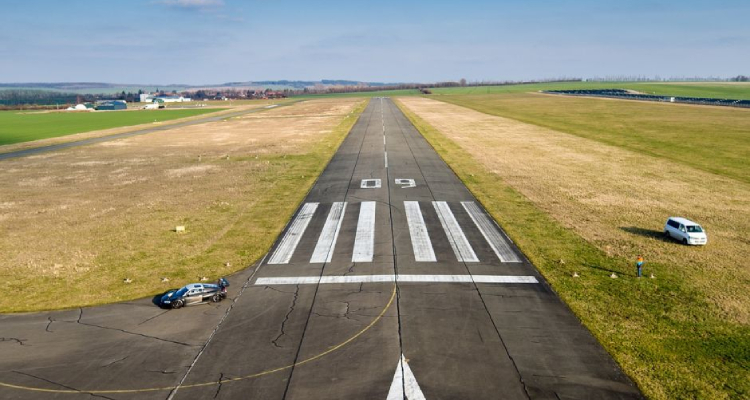
Bird strikes are an aviation concern that cannot be ignored. These incidents can compromise flight safety, causing significant damage to aircraft and, in some cases, leading to catastrophic outcomes. This article delves into proactive measures and response strategies to mitigate the risks of bird strikes, thereby ensuring safer skies for everyone.
The Threat of Bird Strikes
Bird strikes often occur during take-off and landing when an aircraft is at a lower altitude. While the consequences can range from minor to severe, no aircraft, whether commercial or private, is entirely immune to the risk.
Proactive Measures: What Can Be Done?
1. Airfield Management
Effective wildlife management around airfields is critical. This involves removing any features that attract birds, such as ponds, food sources, or nesting areas.
2. Avian Radar
Investment in advanced avian radar can help identify and track bird movements, providing crucial information for flight planning.
3. Pilot Training
Pilots should receive thorough training in bird strike avoidance and what actions to take in the event of a collision.
Response Strategies: Post-Strike Actions
1. Immediate Response
The pilot should follow standard emergency procedures, which include notifying air traffic control and assessing aircraft damage.
2. Landing Considerations
Depending on the severity of the strike, an emergency landing may be warranted.
3. Documentation
Detailed reporting of the bird strike is essential for data collection and future prevention strategies.
A Case for Technology
Emerging technologies like drone deterrence systems and bird-repelling lasers are becoming increasingly sophisticated, providing new avenues for prevention.
Frequently Asked Questions
What are some proactive measures against bird strikes?
Proactive measures include effective airfield wildlife management, the use of avian radar, and pilot training focused on bird strike avoidance.
What should a pilot do immediately after a bird strike?
Following a bird strike, the pilot should adhere to standard emergency procedures, notify air traffic control, and assess the aircraft for damage.
Are there any emerging technologies to prevent bird strikes?
Yes, emerging technologies like drone deterrence systems and bird-repelling lasers offer new strategies for avoiding bird strikes.
Conclusion
Avoiding bird strikes is a multi-faceted challenge requiring a blend of proactive measures and well-practiced response strategies. With technology and awareness on our side, the skies can become a safer place for all involved.
